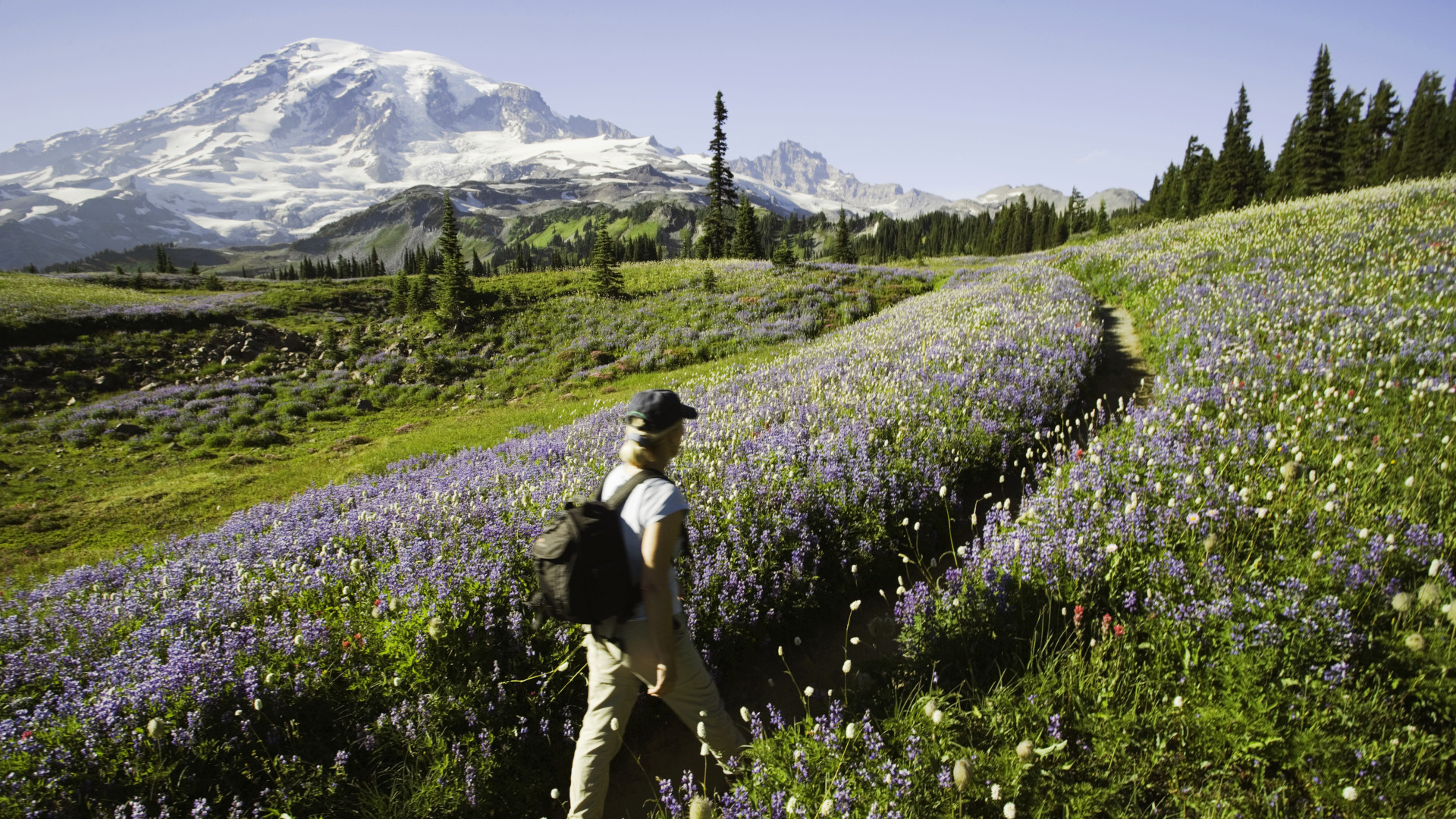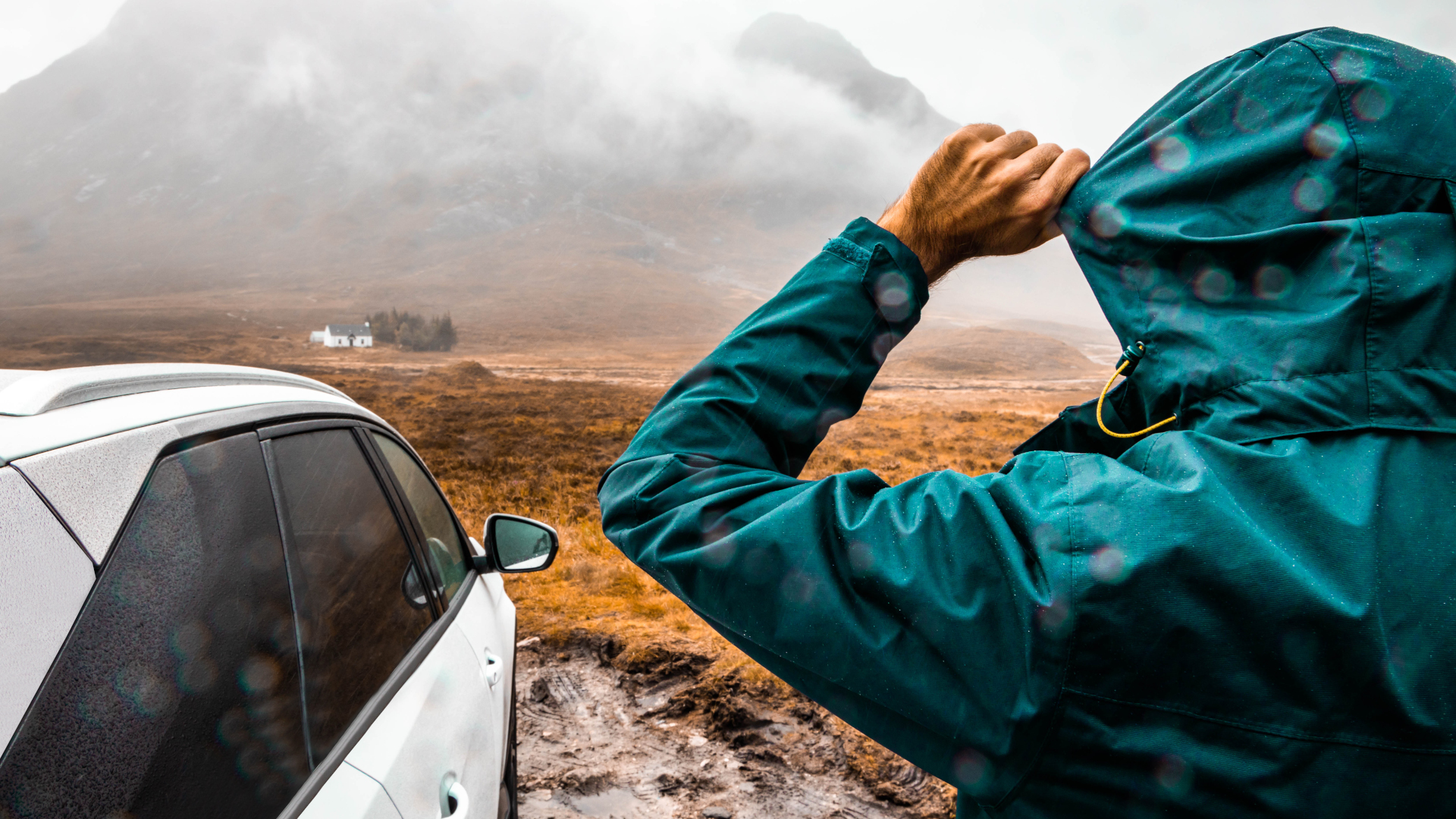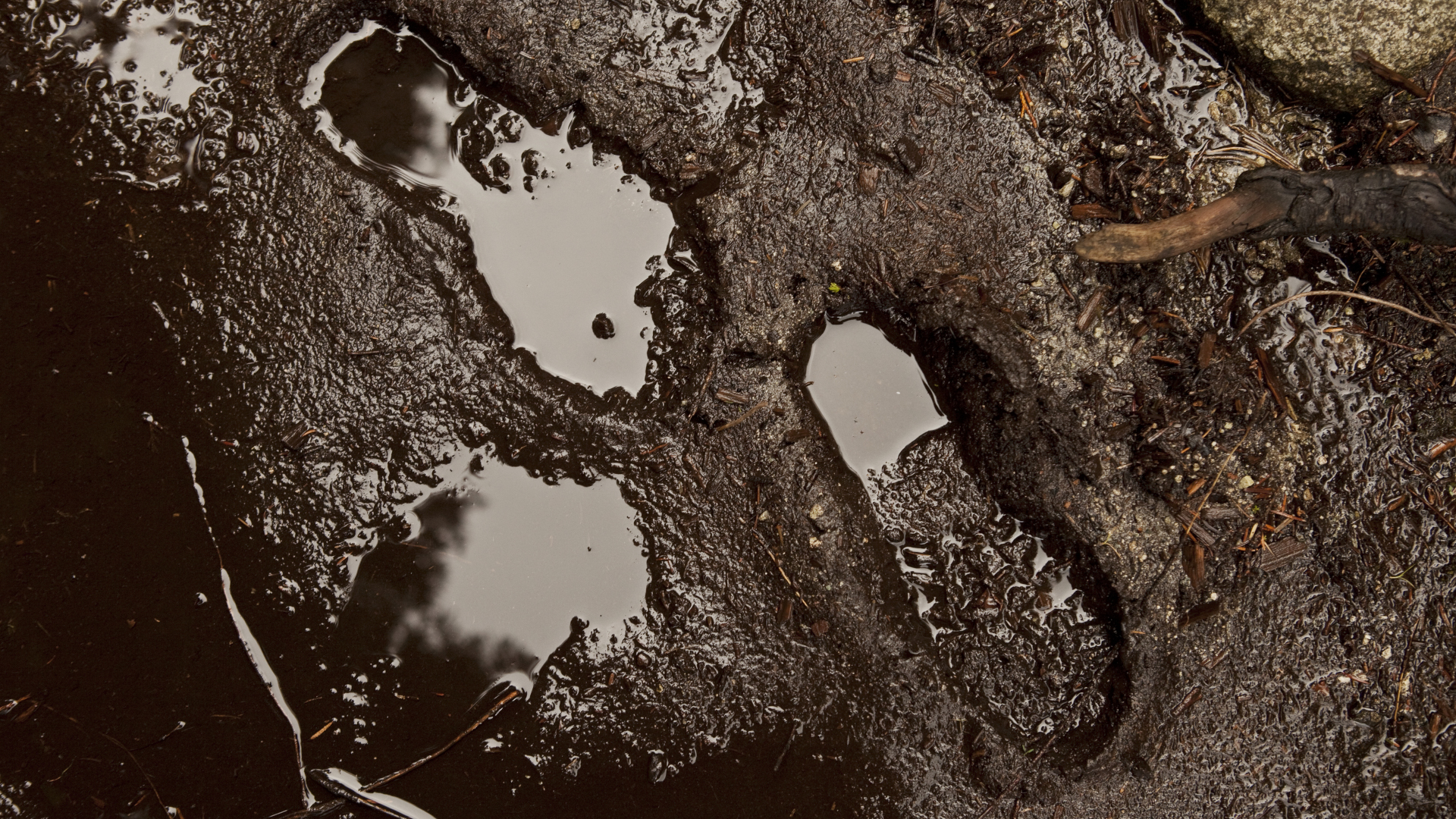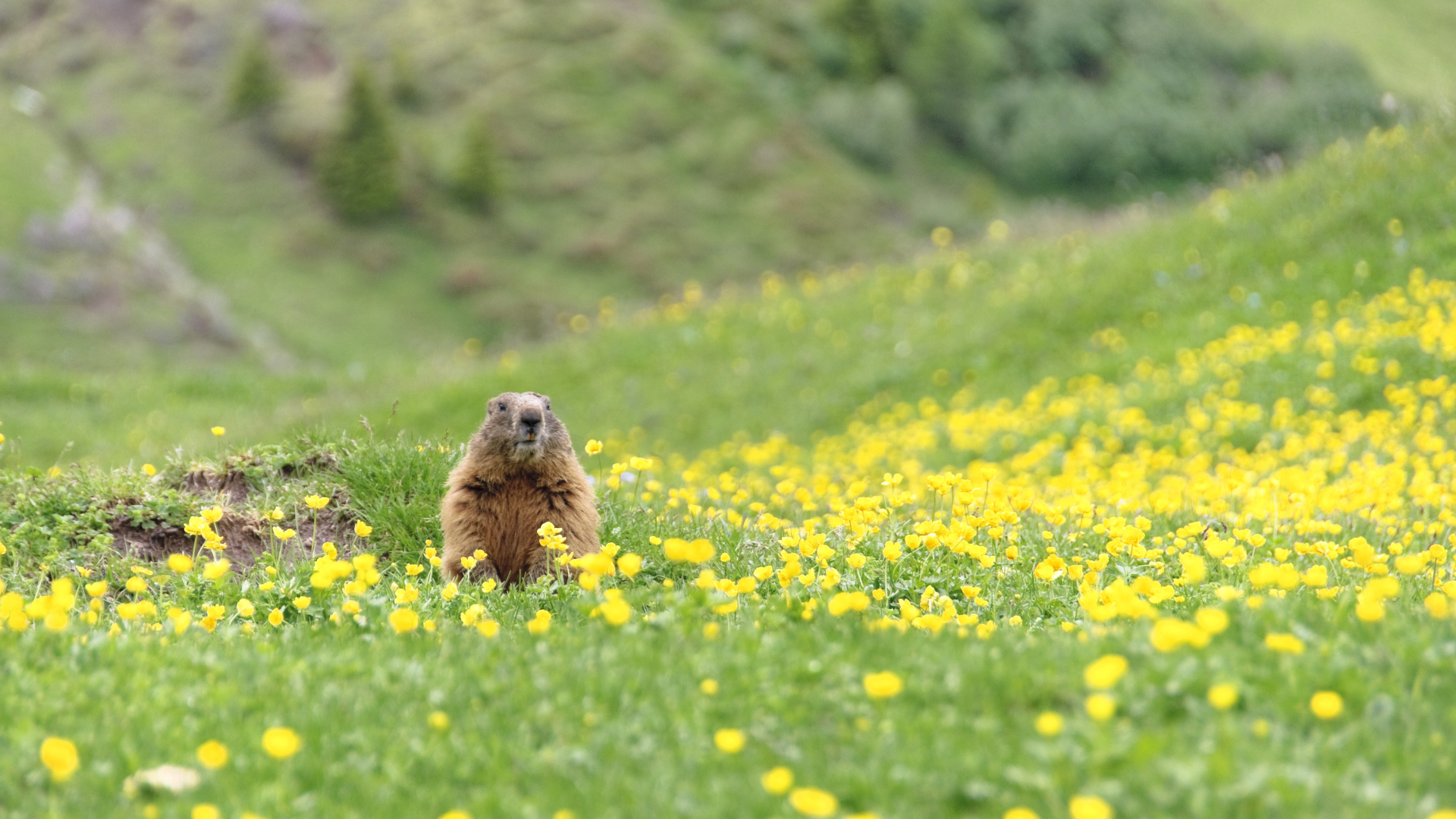
If you’ve been holed up all winter long hiding from the bitter cold, the first sunset of the year that takes place after 5 p.m. should be a moment of jubilation. Before you know it, the days will be long enough to squeeze in a hike before or after work and with milder temperatures, you’re soon ready to throw off your heavy layers and breathe the fresh air.
There’s a lot to love about spring hiking – vibrant wildflowers, rushing waterfalls and milder temperatures for starters – and you probably can’t wait to dust off your hiking boots after months of neglect. However, nature isn’t always completely in sync with your enthusiasm, and it’s common to encounter wild weather and tricky trails at this time of year. Read on for six common spring hiking mistakes you definitely want to avoid this year to ensure a great start to hillwalking season.
1. Being fooled by mild mornings
Spring mornings can feel glorious, when the sun rises before your alarm goes off and you can finally go out to the mailbox without needing your down jacket. Weather conditions in the spring, however, are famously temperamental, and this only increases when you ascend in elevation, where temperatures can drop dangerously with a brisk wind and a light rain down low can turn into pelting hail up high.
Don’t be fooled into leaving your layers behind, even if it feels warm at the trailhead. You might be able to hike wearing only a base layer, but carry a mid layer such as fleece jacket as well as a waterproof jacket and your rain pants just in case the weather has other ideas for your day.

2. Underestimating trail conditions
When it comes to trail conditions, just about the only thing you can predict about spring is that it will be unpredictable. While you might regularly be experiencing milder temperatures in town, things can really change as soon as you start to go up in elevation or out into exposed areas.
It’s common for spring trails to be icier than you’d expect, if it’s sunny and mild and during the day, because overnight lows are usually still cold and spring tends to bring more precipitation. Don’t make the mistake of throwing on your favorite trail running shoes, particularly if you’re heading for a shaded, rocky trail that can become really treacherous when icy. Wear boots with good grip even for a short hike, use trekking poles for balance and carry traction devices like Microspikes in your backpack in case you encounter a lot of ice.
If you're not experienced or equipped for mountaineering, stay off high summits until summer rolls around.
3. Not preparing for mud
Spring, otherwise known as mud season, can be a frustrating time of year for hikers. After all, the weather seems perfect for hiking and you finally have enough daylight to hit the hills after work, but when you arrive, you might find that the trails are a mud bath.
Lower elevation and south-facing trails are likely to get muddier first, so you may be able to avoid this problem by seeking out higher trails (and wearing snowshoes if needed) or north-facing trails which are still frozen. Otherwise, once again you’ll want to pick good (preferably waterproof) boots and consider wearing gaiters. Expect to move more slowly, take care and give your boots a good clean either in a stream at the end of your hike or when you get home. Learn more in our article about hiking in the mud.

4. Increasing erosion
The classic way to deal with mud is by avoidance: hiking off trail. It’s true that the middle of the trail will be the muddiest, and skirting the trail might be easier and faster, but this only increases soil erosion. Staying on the trail might be annoying, but it ensures you adhere to the principles of leave no trace. Use rocks as stepping stones when you can and stay on the trail.
5. Doing too much too soon
Even if you’ve been maintaining your fitness over the winter months in other activities, hiking itself uses your muscles in a very specific way and unless you’ve been winter hiking and snowshoeing, your body will need time to adapt. Just like you would at the beginning of any training program, ease in with shorter, mellower hikers and work up to more challenging hikes gradually to increase your fitness and build your leg strength.

6. Disturbing wildlife
Obviously you want to avoid disturbing wildlife in every season, but many animals are more active in the spring as food becomes available and migration and nesting begin, and it’s extra important to take extra care and avoid disrupting their natural rhythms.
Observe any trail closures and stay on the trail to avoid disturbing ground nesting animals. If you hike in bear country, it might be a great time of year for exciting wildlife viewing, but make sure you know what to do if you meet a bear. Bring your binoculars along to enjoy bears, migrating birds and elk from a safe distance.







